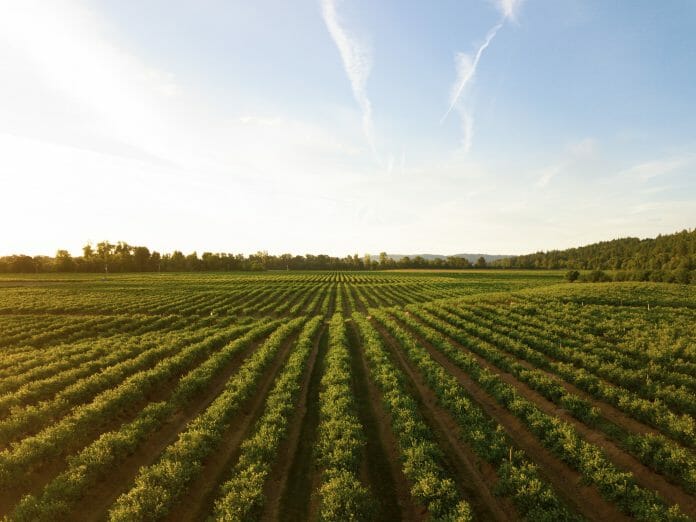By Evelyn S. Devadason
It is important to monitor international trade in agri-food (rice, vegetables, fruits, fisheries, livestock) to understand the status of food resilience in a country, as the modern food production involves extensive supply chains and multiple inputs, resulting in increasing trade linkages. International trade reduces food insecurity by connecting countries with limited agriculture potential and providing access to diversified food for the importers. Trade also plays a balancing role by evening out demand and supply fluctuations. Food availability is therefore determined by international trade patterns.
There are several channels through which trade influences food security from the availability dimension. First, food imports determine national availability for different food segments; second, food exports (especially cash crops) earnings can be used to finance food imports; and third, trade policies in global food producing nations influence global food availability, and hence national availability through imports, and market access for exports.
The Covid-19 pandemic, as in any other short- to medium-term shocks, is considered a hiatus during which the food security worsens. This is because lockdowns restrain the mobility or distribution (logistics shock) of input (for example, raw materials, fertilisers, and animal feed) and output of food, while production stoppages constrain capacity and exports. The consequence of that is a reduction in global supply of food.
Disruptions to the supply chain from the logistics shock are further compounded with some countries abandoning liberal trade policies in favour of domestic protection (trade policy shock) to mitigate the effects of the food crises. It is observed that producers, even those in the Association of Southeast Asian (ASEAN) region, such as Thailand, Cambodia, and Vietnam, had resorted to temporary export bans or moratorium on new export contracts for staple foods. Some of the restrictions have however been rolled back.
Together, underproduction, supply chain disruptions and trade restrictions are putting pressure on national food availability. The unfolding pandemic has now not only exposed Malaysia to a looming crisis related to food availability, the country may plausibly be sitting on the cusp of a food crisis.
Though Malaysia is ranked as a relatively food secure country, occupying 28th position out of 113 countries in the 2019 Global Food Security Index, the country is still a net food importer. Food imports recorded an average yearly growth of 6.5 percent between 2000 and 2018. The latest statistics for 2018 reveal that food imports made up 7.6 percent of total merchandise imports and 24 percent of total food supply. Malaysia’s unsustainable high food import bill of more than RM50 billon per year, largely due to the high exposure to global markets for cereals, coffee, cocoa, tea and spices and feedstock (animal feed), is already sufficiently acknowledged. Most critical is the imports of animal feed. This sub-sector is relatively exposed to a higher degree of trade and logistics shocks since it is not locally produced, and the major import sources are distant countries located outside the region.
The logistics and trade policy shocks mentioned above may not be the only interruptions from the pandemic. Another looming fear is that the disruptions to the agri-food can be local, that follow from national responses to the pandemic. The return of migrant workers to their homeland at the initial start of the pandemic, followed by travel restrictions may likely expose the country to a third shock, that is a supply shock, as the bulk of the agriculture and plantation workforce is foreign. The uncertainties that surround the return of migrant workers may result in further disruptions to farm production and subsequently exports. In short, the supply shocks are those that could emerge from the interplay between trade and labour flows.
Understanding the extent of trade interdependencies and the intersection of food trade policies are both essential for managing the country’s vulnerability to the logistics and trade shocks. For developing better capacity and evaluating policy tradeoffs, the focus can no longer be solely on the food import dependence or exposure.
It also must consider export resilience and export accessibility (that is subject to food regulations in export markets), as they capture the potentials for increasing food exports, and in turn financing food imports.
Going forward, many researchers advocate a rethinking of supply chains as an option to hedge against future shocks to the existing food trade networks. Though important, it is not an easy option to move or establish new supply chains. Another option is also to push ahead with better coordination of food trade policies at the regional level to complement any national hedging strategies.
Evelyn S. Devadason is a Professor at the Faculty of Economics & Administration, University of Malaya. Her research focuses on international trade and regional integration. She currently serves as an Associate Editor to the International Journal of Social Economics and as a member to the Editorial Board of the Journal of Contemporary Asia.










